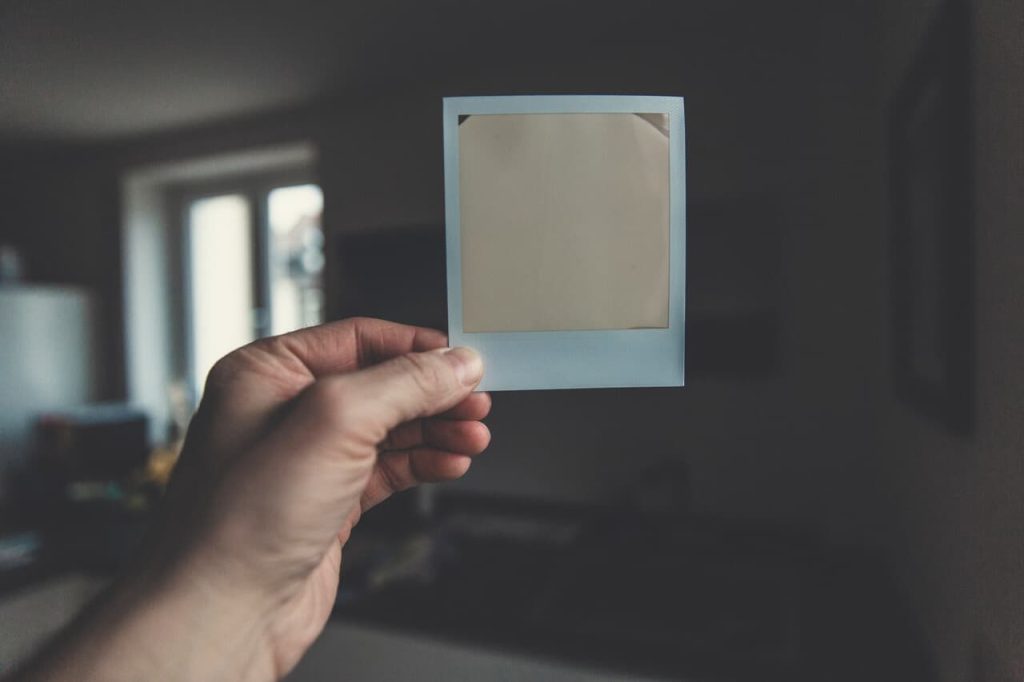We have decided on a printer, bought the right ink, it’s time to choose a paper for special tasks. Photo printing paper – how to choose it and what to pay special attention to in order to print good quality photos on your own?
The starting point for choosing the right photo paper is to analyse the technology of your printer. The best effect will be achieved by using a thermosublimation printer. The second group in terms of quality is inkjet printers: here we distinguish pigment and dye printers. For each type of equipment we can find dedicated photographic paper
As far as printing photos with a laser printer is concerned, it is possible. We can also find appropriate photographic paper for this type of printer. However, we have to take into consideration that the quality of print will be definitely worse in comparison with the above mentioned printers.

Whether choosing a regular printing paper or a specialized one, paper parameterization and understanding it is a crucial knowledge. Knowing what each indicator means, we can choose the perfect photo paper for our needs:

When deciding to buy photo paper for printing photos yourself, there are a few more things to consider. First, the compatibility of the entire printing kit. Many manufacturers recommend using the same brand of printer, ink and photo paper for best results. This is not necessarily a marketing ploy to stretch the customer into a large purchase. Keep in mind that it is, after all, using its brand of products that the manufacturer tests and refines its photo printing technology to achieve the best result
Secondly, let’s consider what purpose we are printing the photos for. If we only need a photo for a short while, e.g. as an aid to a presentation at work or for an exam, it does not make sense to invest in high quality paper with the best parameters. On the other hand, if you are making a family album, want to give someone a present or print photos for a vernissage – it is worth investing in high-quality photographic paper with unusual dimensions, structure or color. Properly selected paper can raise your photos to a higher level, give them character and uniqueness.